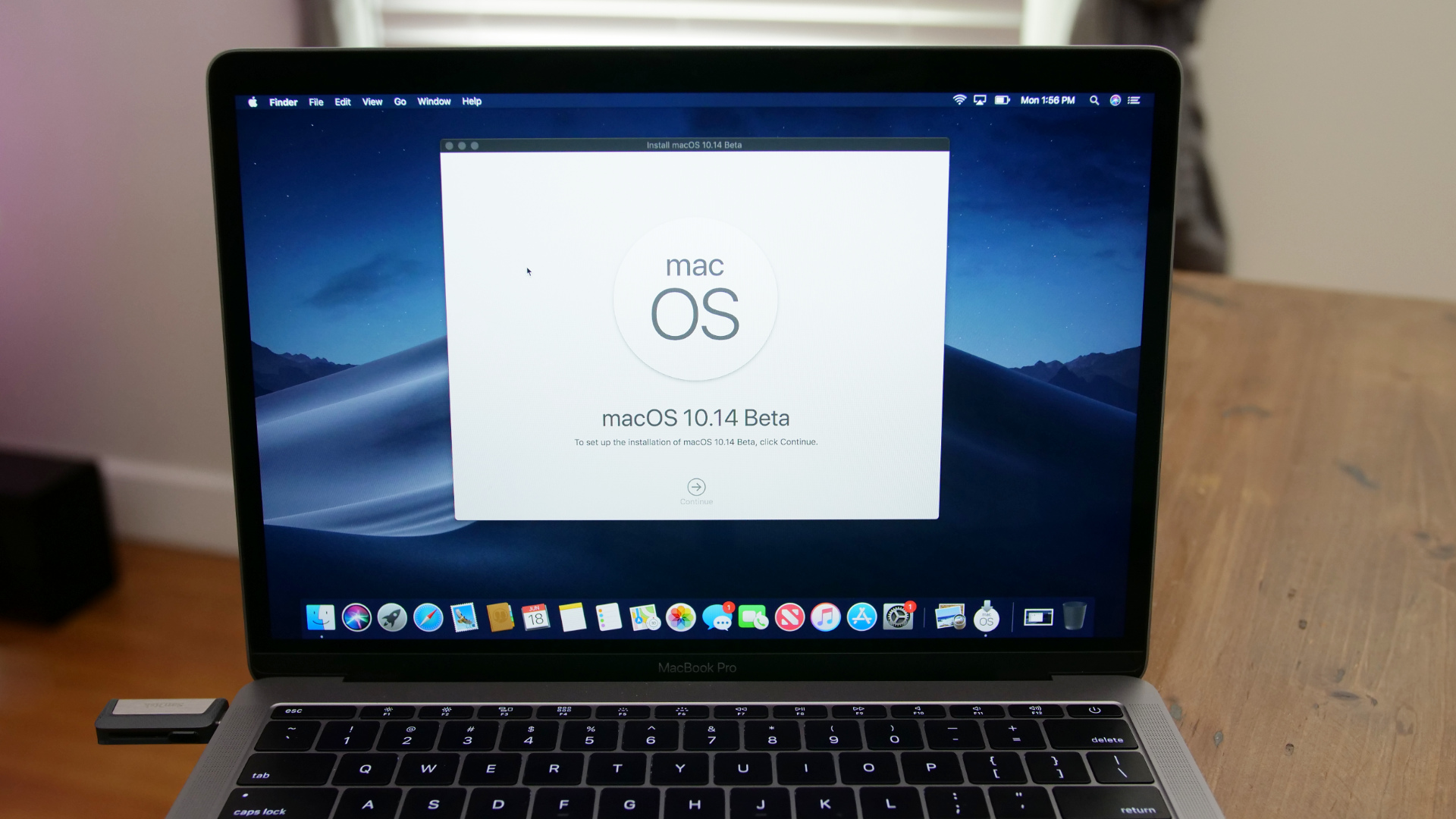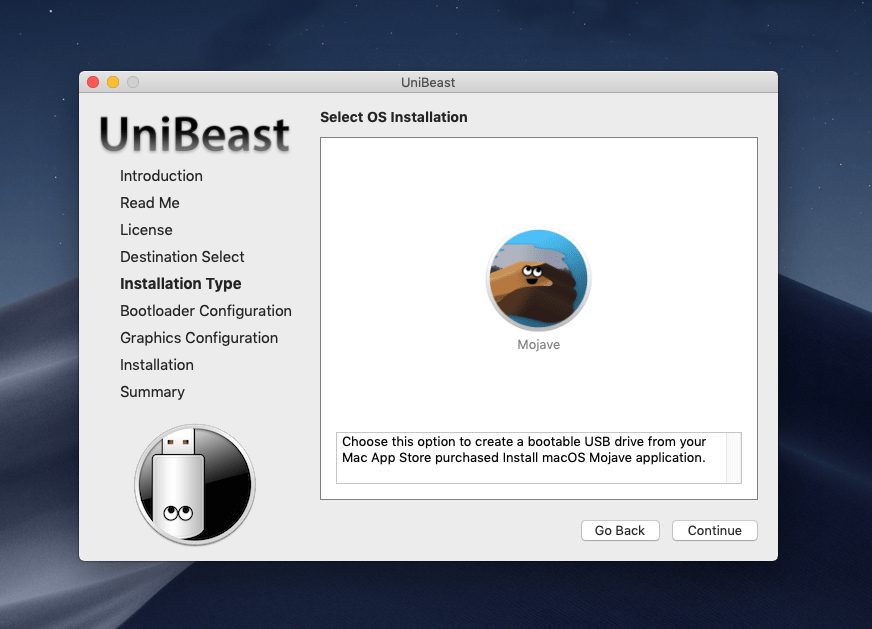
- MAKE A USB BOOTABLE FOR WINDOWS USING MAC SOFTWARE
- MAKE A USB BOOTABLE FOR WINDOWS USING MAC PC
- MAKE A USB BOOTABLE FOR WINDOWS USING MAC MAC


All of the available system devices will be displayed in order of their boot priority. Using the arrow keys on your keyboard, select the BOOT tab.When you choose to enter BIOS Setup, the setup utility page will appear.(Depending on the company that created your version of BIOS, a menu may appear.) During the initial startup screen, press ESC, F1, F2, F8 or F10.Press the Power button for your computer.Start by plugging the thumb drive into a USB port. Otherwise the computer will load from the hard drive as normal. If you’re booting from USB media, you must change the BIOS boot order so the USB device is listed first.
MAKE A USB BOOTABLE FOR WINDOWS USING MAC SOFTWARE
The boot order tells the machine which devices to search for the software needed to launch the computer and the priority each device in that search. That’s because the BIOS settings include the boot sequence the machine follows when starting up.
MAKE A USB BOOTABLE FOR WINDOWS USING MAC PC
Starting your PC using USB rescue media is not difficult, although it first requires an adjustment in the BIOS (Basic Input Output System). The Startup Manager only lists drives that include bootable content. NOTE: Have multiple USB devices connected to your Mac? Don’t worry. The machine will start to boot from the USB drive.
MAKE A USB BOOTABLE FOR WINDOWS USING MAC MAC

How you start that rescue media can vary depending on the operating system you are using, but there are a few general guidelines that can help get your machine started, regardless of the OS you prefer. As a result, booting from USB media is becoming the standard. And while users historically would pop a boot media disk into their DVD or CD drive, many computers no longer come with optical disk drives.


 0 kommentar(er)
0 kommentar(er)
